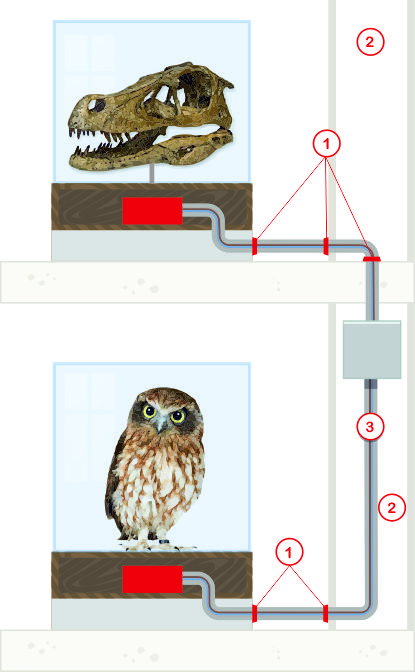Eliminating established pest infestations can be challenging. That is why it is important to take a proactive approach to managing pests. By eliminating entry points and harborage in structures you will be able to prevent future pest problems. You will also reduce the amount of time and money spent on reactive pest control services.
Limiting or completely removing pest access points to structures is a fundamental aspect of Integrated Pest Management (IPM). This entails identifying structural deficiencies that allow pest entry, using the appropriate exclusion materials, and installing these pest resistant materials the correct way. This is a guide detailing the proper tools and techniques you can use to seal up your structure and keep pests out.
Pest Resistant Materials To Use

- Metal flashing
- Perforated metal
- Rodent exclusion fabric - Stuff-it (Copper wool), Xcluder (stainless steel and polyblend backer)
- Stainless steel ¼ inch screen mesh
- Sealant for sealing crevices smaller than ¼ inch
- Caulking backer rod for pre-filling crevices that will be sealed
- Rubber gasketing for crevices smaller than ¼ inch
Pest Entry Points To Seal
- Any penetration leading into the building or any structural voids
- Place emphasis on peanetrations for utilities like plumbing and electrical lines that pass through floors and walls including:
- Water spigots (outside)
- Radiator or sprinkler pipes
- Plumbing under sinks
- Electrical chases
How To Seal Pest Entry Points
- Build with pest prevention in mind. Wherever food crumbs or other detritus, waste or debris of any kind, collects provide gasketing to keep it out.
- When cutting holes for utilities patch them up with rodent resistant materials (metal)
- When structural voids cannot be built “airtight” or “pest proof” build service hatches into them so that they may be inspected and serviced for pests


- Gap around utility line
- Wall Void
- Electrical Chase